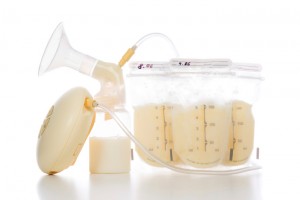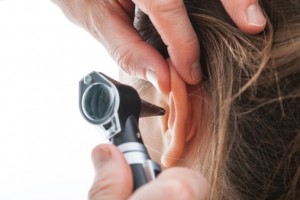 For women who choose to breastfeed, but can’t nurse all the time, a breast pump is necessary. Yet, the costs of buying or renting one can be a major expense.
For women who choose to breastfeed, but can’t nurse all the time, a breast pump is necessary. Yet, the costs of buying or renting one can be a major expense.
Now, thanks to the Affordable Care Act (ACA), women who are returning to work, want their spouse to participate in feedings, or who can’t breastfeed because of medical reasons, can pump and not worry about the associated costs.
The ACA is a law that was implemented by President Obama in 2010 and became effective in 2012. The main purpose of the ACA is to improve the quality and accessibility of health insurance coverage for Americans, as well as decrease the costs. Part of the ACA mandates that health care plans now cover the costs of equipment and consultations necessary to help mothers take care of their babies. This provision includes the cost of breast pumps, breast feeding supplies, and lactation support.
Individual health plans have different coverage allowances, supplies, vendors, and timelines required to request a breast pump. It’s important to ask your insurance company the right questions when determining what your plan covers. Benefits vary, as some insurance plans will cover the cost of a double electric pump, while others will only cover a manual hand pump. Benefits may also vary if your baby has a medical condition, such as prematurity or Down Syndrome.
If you intend on obtaining a breast pump through your heath insurance plan, start researching your coverage early. It’s important to check out all the available options for breast pumps. Here are some questions you might want to ask your provider:
�
• What types and brands of pumps are covered (hospital-grade rental, double or single electric, manual pump)?
• Do I need to go through a durable medical equipment supply company to obtain a breast pump?�
• Is it possible to purchase a breast pump out-of-network and be reimbursed? If so, how much will I be reimbursed?
• When will I be able to get a breast pump – before or after I deliver?�
• Do I have to submit proof of medical necessity in order to acquire a breast pump? If so, do I need a letter of medical necessity and/or a physician order?�
• Is there a rental breast pump option? If so, what does it cover?
The Affordable Healthcare Act applies to you if you have private or commercial medical insurance. The ACA became effective on August 1, 2012. Once the plan went into effect, insurance companies had one year to implement a fee structure and details of the benefits for each specific health care plan.
All content of this newsletter is intended for general information purposes only and is not intended or implied to be a substitute for professional medical advice, diagnosis or treatment. Please consult a medical professional before adopting any of the suggestions on this page. You must never disregard professional medical advice or delay seeking medical treatment based upon any content of this newsletter. PROMPTLY CONSULT YOUR PHYSICIAN OR CALL 911 IF YOU BELIEVE YOU HAVE A MEDICAL EMERGENCY.


